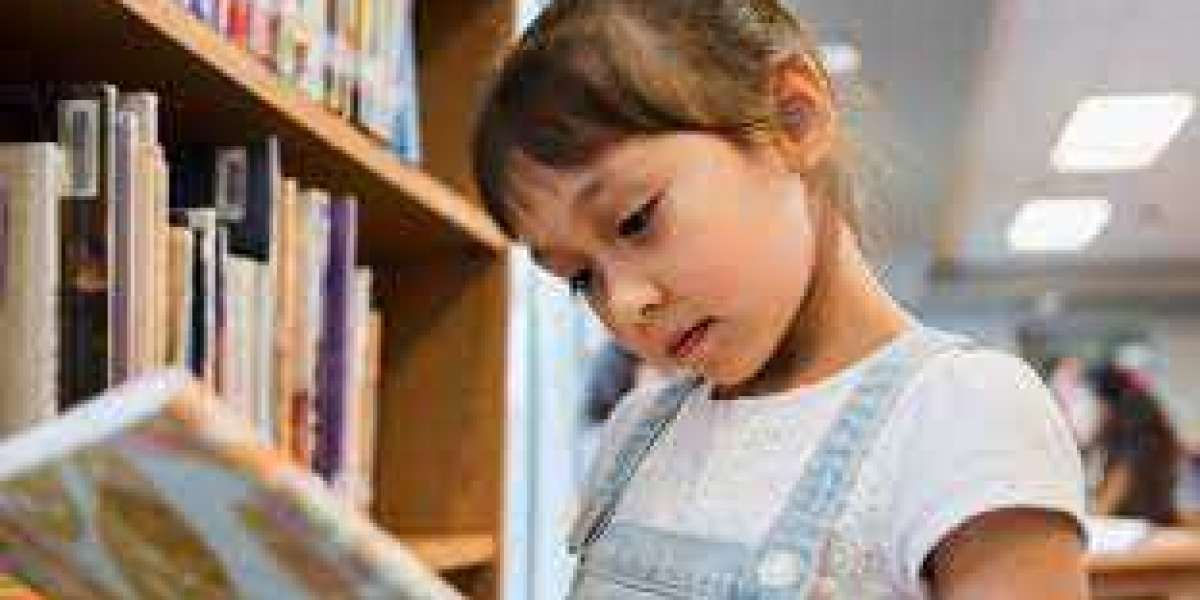Choosing the right book for your children can be challenging if you don't know how to choose. You might also be skeptical if your children have not particularly liked or read the book you bought.
No worries, I'll show you how. I know how children enjoy reading books. You must consider four checkpoints before choosing the right book for your children to develop their reading habits.
1) Does The Book Match Your Child's Reading Interest?
Consider the following example: Emily Pray's children's book. Any youngster may relate to a story like "Tilly Wise and the Sleepyhead Sun." They may identify with and relate to the character and plot. An engaging novel, such as "Tilly Wise and the Sleepyhead Sun," will keep young readers interested and eager to know what happens next.
A plot with twists and turns, comedy, and suspense keeps the youngsters engaged. The tale must pique the reader's curiosity. You may learn more about these things by getting book recommendations from internet sources, your child's peers, or books you read as a youngster. New novels are released regularly by both established and new authors.
A tale in a fiction work must be relevant or engaging. Consider realism and science fiction. The reader must enjoy the genre of fiction.
It's a terrific idea to introduce kids to several genres and let them choose their favorite.
2) Is The Book Reader-Friendly?
The writing must be visually appealing, with a clear, legible typeface. A beautiful typeface might become tiresome to the reader. As a result, a clean, clear font will make it easier to read and recognize the letters.
Children's books must have appealing pictures and imagery. Children pay attention to graphics and visuals. They compel the reader to devote more time to the text.
The reading difficulty must correspond to the child's reading ability. This implies that each page should not include too many new and challenging terms. A reader who reads too many new and challenging words may become frustrated and exhausted. As a result, each page may have two to three new terms.
More than five new words every page make for a tough read and should be avoided.
3) What Is The Form Of The Book?
Children can read a book or have adults and guardians read it. Books might be board books, picture books, easy-reader books, chapter books, or novels.
Board books are hardbound books with thick cardboard pages designed for toddlers. Consider a board book on alphabets or animals. This type of book cannot be easily ripped by children aged 2 to 5. Picture books have large images and little text. These are intended for children aged 6 to 8.
Short, straightforward text and excellent visuals characterize easy-reader novels. They are intended for beginning readers. Chapter books are read by newly independent readers, whereas enthusiastic readers read novels.
You may then select a suitable book based on your child's age. Your child may be at an age when they love looking at the visuals while you tell the narrative to them. Or perhaps your youngster prefers to be left alone while reading a chapter book.
Books can have complex stories, structures and text depending on the age they are meant for.
4) What Value Will Your Child Get From Reading The Book?
Determine how much benefit your child will receive from reading the book. The book might be amusing, educational, activity-oriented, or message-oriented. All of these are essential for a child's growth.
The book's plot might include moral principles, such as in "Tilly Wise and the Sleepyhead Sun" by Emily Pray. These stories will transport readers to the highlands and into the lives of mountain people. These brief stories are appropriate for younger readers and are excellent for vocabulary development.
A nonfiction book will be educative and enlightening. As a parent, you may also consider cost-effectiveness.
But keep in mind that reading a variety of books broadens the reader's understanding of the world around them.
Finally, a book is more than its cover, binding, and price. It is a link between the author and the readers. Each reader's interpretation of the text reflects their uniqueness. The reader engages with the world around them with each book they read.








